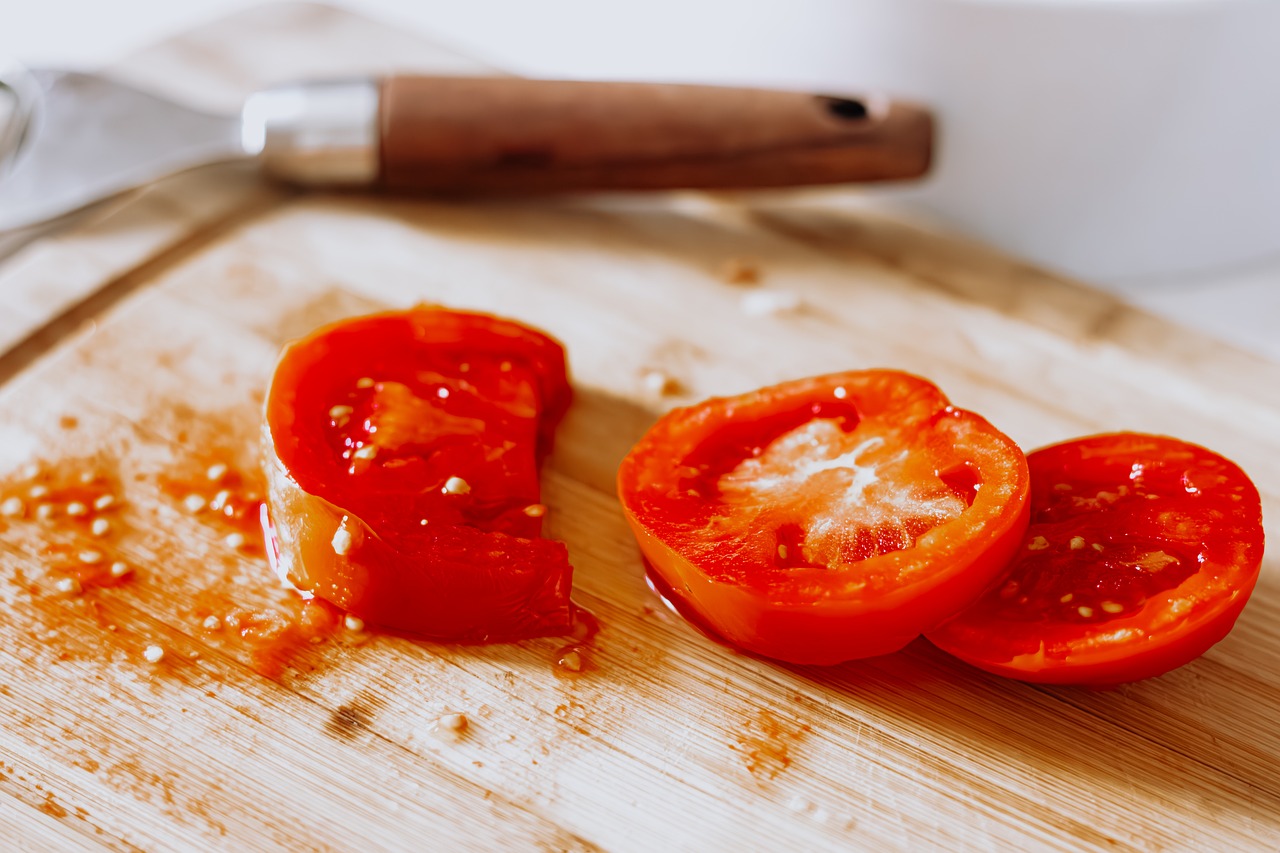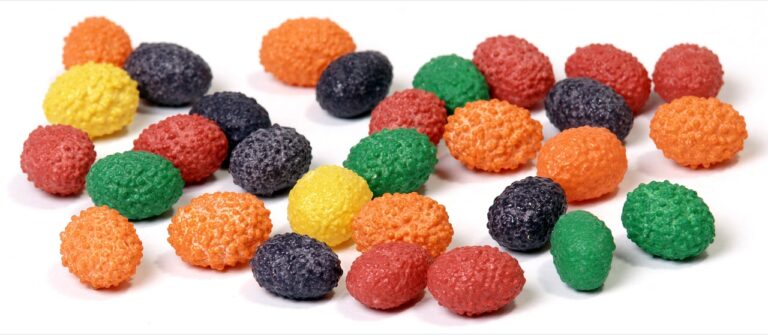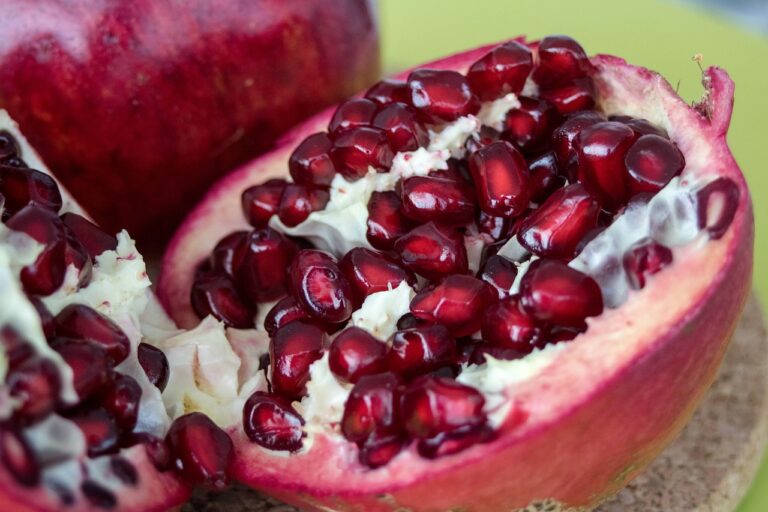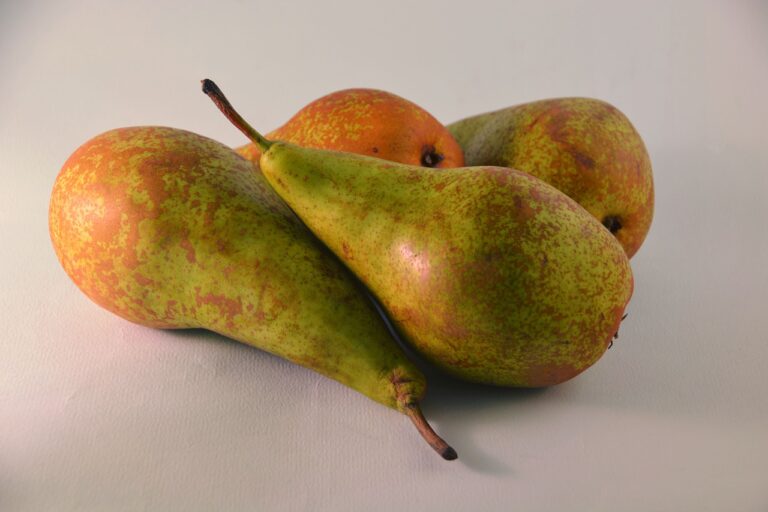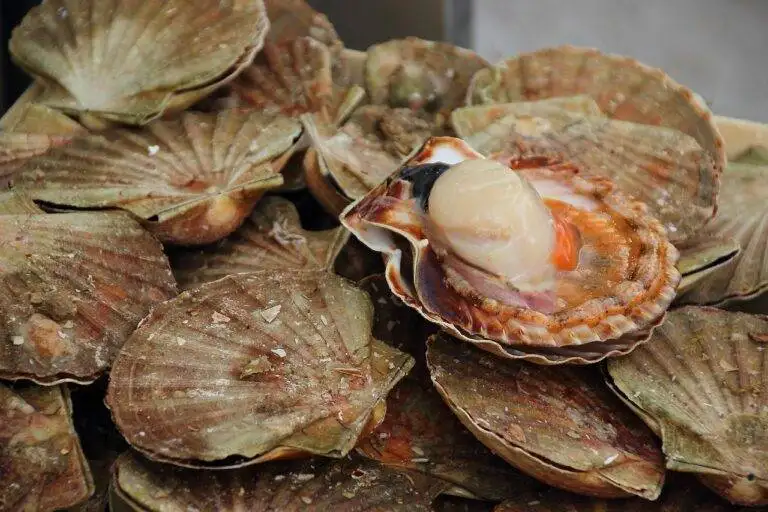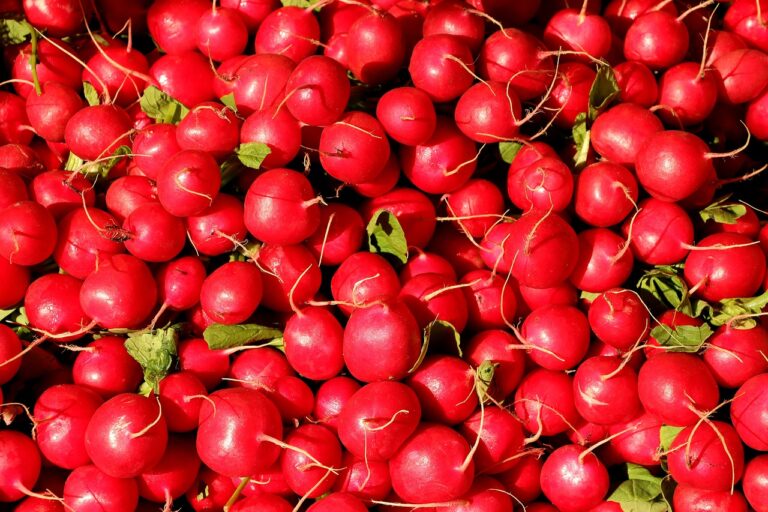The Art of Food Styling: Creating Visually Stunning Dishes
Whether it’s the vibrant hues of fresh produce or the rich textures of homemade sauces, ingredients play a crucial role in elevating the visual appeal of a dish. By carefully selecting and thoughtfully arranging ingredients, food stylists can create a visually captivating masterpiece that not only looks appetizing but also tells a story. From the vibrant red of ripe tomatoes to the velvety green of fresh herbs, each ingredient brings its own unique color, texture, and shape to the table, allowing for endless possibilities when it comes to food styling.
Incorporating a variety of ingredients with different colors, textures, and shapes can add depth and visual interest to a dish. For example, combining crunchy nuts with soft cheese or pairing juicy fruits with crispy crackers can create a harmonious balance of textures that not only pleases the palate but also delights the eye. Additionally, using ingredients with contrasting colors can help create a dynamic and eye-catching composition that draws the viewer in and engages all the senses. By paying attention to the details of each ingredient and how they interact with one another, food stylists can create visually stunning dishes that are as beautiful as they are delicious.
Color Theory and Its Impact on Food Presentation
When it comes to food presentation, color theory plays a crucial role in creating visually appealing dishes. Colors have the power to evoke emotions and influence how we perceive the taste of a dish. By understanding color theory, chefs and food stylists can create harmonious compositions that entice the senses.
In food styling, colors are used to create contrast and balance on the plate. Complementary colors, such as red and green or blue and orange, can create a vibrant and visually striking presentation. On the other hand, using analogous colors, like shades of green and yellow, can result in a more subtle and cohesive look. By strategically incorporating different colors and hues, food stylists can elevate the overall aesthetic of a dish and make it more enticing to the viewer.
• Complementary colors, such as red and green or blue and orange, create vibrant presentations
• Analogous colors, like shades of green and yellow, result in a more subtle look
• Strategic use of different colors and hues can elevate the overall aesthetic of a dish
Texture and Contrast in Food Styling
When it comes to food styling, texture and contrast play a crucial role in enhancing the visual appeal of a dish. Texture adds depth and dimension to a plate, making it more enticing to the eye. Incorporating a variety of textures, such as crunchy, creamy, and chewy, creates a dynamic dining experience that keeps the diner engaged.
Contrast, on the other hand, adds interest and visual impact to a dish. Contrasting elements like colors, shapes, and sizes help create a sense of balance and harmony on the plate. By pairing complementary textures and contrasting flavors, food stylists can create visually striking compositions that leave a lasting impression on the viewer.
How important are ingredients in food styling?
Ingredients play a crucial role in food styling as they form the foundation of the dish and contribute to its overall presentation.
How does color theory impact food presentation?
Color theory helps in creating visually appealing dishes by understanding how different colors can complement or contrast each other to enhance the overall look of the food.
Why is texture and contrast important in food styling?
Texture and contrast add depth and visual interest to the dish, making it more visually appealing and enticing to the viewer.

